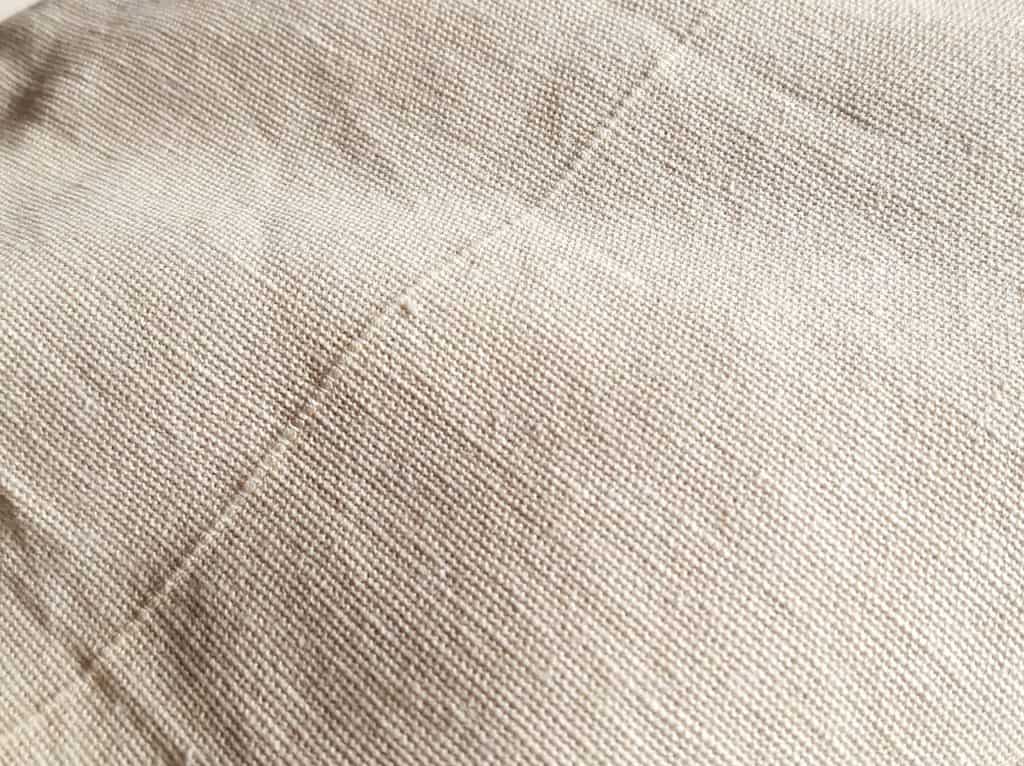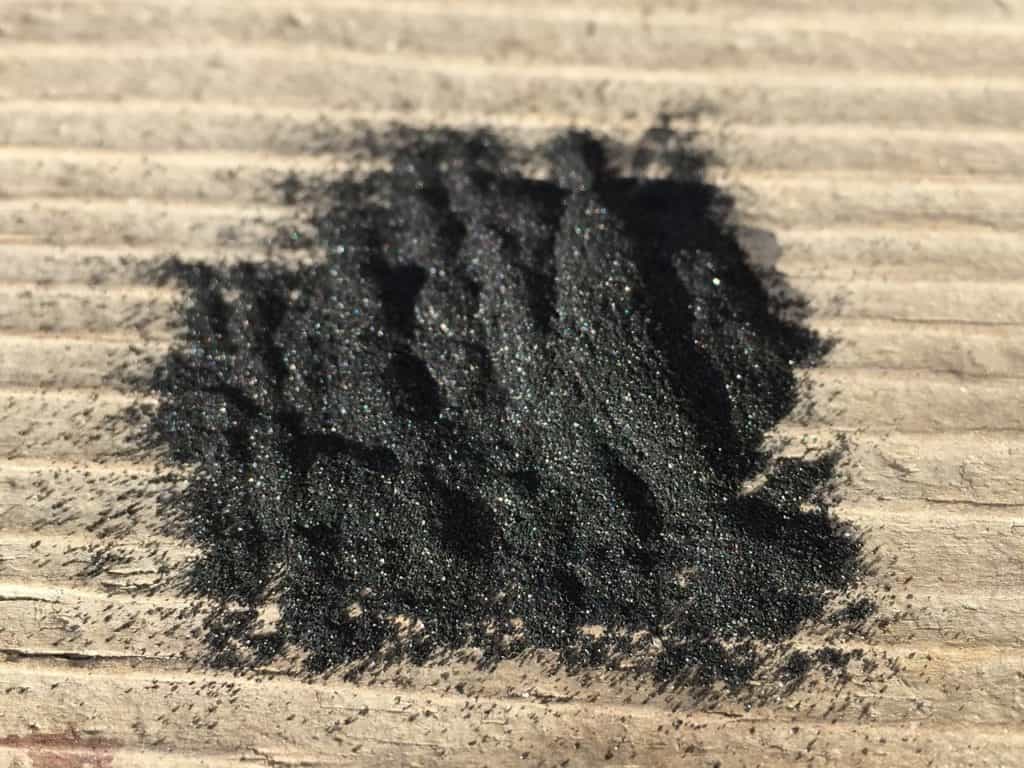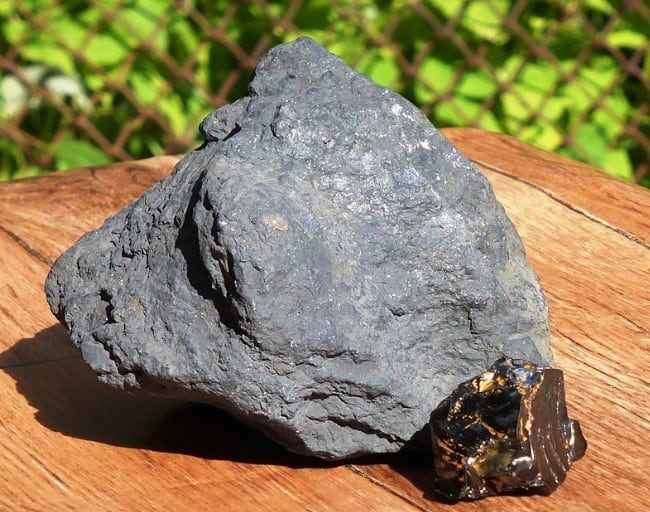Last Updated on August 22, 2020 by
In this post we will focus on ways to filter water as opposed to ways of purifying water. As you learned in Part 1 – What Is The Best Way To Purify Water?, purifying water and filtering water are two different things.
If you are stuck in a situation where you don’t have clean water readily available, it is vital to know these various way to either purify, or at least filter the water so you don’t get extremely sick, or worse.
Filtering water is similar to purifying water except that we are using physical barriers to get rid of dirt and grime in the water as well as bacteria and other microorganisms.
Remember, filtering water will not get rid of as many microorganisms as purifying water, so if you can, always boil the water after you have filtered it for extra protection.
Filtering Water With A Cloth

Filtering water using various types of cloths is an easy way to filter the water that you are getting ready to drink. I’ve seen people use socks, t-shirts, or anything that is cotton and tightly woven together.
You simply will pass the water through the cloth into another container in order to filter it. This will remove many of the the particulates and debris that you don’t want to drink.
One device that makes filtration super easy is the Millbank bag. You can get one at Millbank Bags USA. They have a fantastic video below that shows step-by-step exactly how to use the Millbank bag to filter water. It’s very simple and easy to use, and is a perfect backup just in case something happens with your main water filtration method.
Once you’ve filtered your water, take the time to boil it if you can to make sure the water is 100% safe to drink.
How To Use Sand Filters To Filter Water
Sand filtration is also known as biosand filtration. If sand and gravel are all you have in a survival situation, you can create a makeshift filter.
A biosand filter works very similar to how our city sewage sanitation system would work. There’s various stages in the biofilter that must be applied in order for the water to be filtered enough to drink.
It won’t take care of 100% of the microorganisms, so if you can boil it after you filter it, do it. Below is probably one of the best videos I found that explains how the biosand water filter works.
How To Use Charcoal To filter Water

The first thing to know about using charcoal to filter water is that it isn’t the same as the charcoal bricks that you use to barbecue. When filtering water for drinking, you will use what’s called activated charcoal, which is usually pressed into a solid block or sold as loose beads.
You will also hear activated charcoal referred to as activated carbon. They are both the same thing, and can be used interchangeably.
The charcoal is heated to over 1700 degrees Fahrenheit then treated with a nitrogen and argon to create a very porous structure, which ends up creating a highly effective material for filtering water. It’s a little more complicated than that, but you can read more about how to make activated charcoal here.
Activated charcoal works using adsorption as opposed to absorption. Essentially you are removing impurities from the water chemically rather than physically. Because the impurities are bonded to the charcoal, once the pores are filled up, you need to replace the activated charcoal filter.
But for emergency situations, you will be using the specific method described below so you won’t have to worry about changing filters necessarily.
Supplies Needed For A Small DIY Charcoal Sand Filter
Before we get started on how to make a DIY charcoal and sand filter, I want to state a few things for the record. The below instructions are based around providing enough drinking water for yourself and assuming you have some time on your hands if you’re caught out in the wilderness. You will notice that the instructions call for 12 oz. water bottles and a 32 oz. Gatorade bottle.
If you want to build a larger charcoal filter for you and your family, I would suggest building it out of 5 gallon buckets. It’s a similar process, using pretty much the same exact filtration media, you are simply buying it in larger quantities.
Below are the items you will need to build your charcoal and sand filter:
- 12 oz. Water Bottle with cap on (1)
- 32 oz. Gatorade Bottle (1)
- Fine-grade activated charcoal or coconut shell activated charcoal (charcoal made from coconut shell is supposed to be better than activated charcoal made from wood – take your pick!)
- Sand. You are going to want to clean the sand first if you can with water. Find some sand near a creek bed or near a lake if possible.
- Cotton ball (1) – Cotton balls are something you should be carrying with you in your EDC kit or your bug out bag anyways. You’ll need one for your water filter. This will be the last barrier before the clean water is collected into the Gatorade bottle.
- Granular small stone – think about fish rocks in a fish tank. Those would work well. Or if you’re near a creek, you should easily be able to gather some at that point.
- Larger stones (slightly larger than the small stones) – these also can be gathered near a creek. The stones should be slightly larger than the smaller stones.
How To Make A Charcoal Sand Water Filter
Step 1: Collect the dirty water that you are going to filter and set aside. If you can set aside for a 1-2 hours, it will allow anything that floats to rise to the top and then you can easily skim off some debris right from the start.
Step 2: Water bottle. Cut off the bottom of the bottom of the water bottle. This is the bottle that will become your charcoal and sand filter.
Step 3: Water bottle cap: With the cap still on the water bottle, take your knife and twist a small hole in the cap about an inch in diameter.
Step 4: Cotton: Take your cotton ball and push it tightly against the cap. This will be the final barrier before the water comes out clean.
Step 5: Gatorade bottle. Cut off the top neck of the Gatorade bottle. Make sure the hole you cut is slightly larger than the bottle cap of your water bottle. The Gatorade bottle will collect the clean, filtered water once completed.
Step 6: Activated Charcoal: Next, take your activated charcoal and pour approximately 1/4 cup on top of your cotton ball. Make sure to pack it tightly so that you’re water is dripping through your filter.
If the water runs rather than drips through the filter, you will need to pack your charcoal tighter.
Step 7: Sand: Once you’ve placed the activated charcoal on top of the cotton ball, then place a small layer of sand on the top about 1 1/2 inch thick.
Step 8: Granular smaller rocks. You will now place a thin layer of these granular small rocks on top of your sand. Again, this is just another layer to get the bigger particulates out of the water first.
Step 9: Largest rocks. The largest rocks go on the top. This is the layer that will get the biggest pieces out such as moss or dead leaves that may be floating on the top.
Make sure that you boil your water after you have filtered it if you can. You need to get rid of the other microorganisms in the water that are still present. This can be accomplished using a Jetboil or building a fire, of course.
Alternatively, if you’re on the move and can’t stop to build a fire, you can put some iodine tablets in your freshly filtered water, which will complete the water purification/filtration process.
Other Things to consider when building your charcoal and sand filter
Since I always want to talk about practicalities in a real-life survival situation, even something as simple as a water bottle might not be available to you.
Due to that, if you’re out in the wilderness a few other options are available to you, such as a sheet of tree bark rolled into a cone or a clay pot with a small hole in the bottom. Essentially anything that you can use to create a water bottle-like structure.
Another recommendation is to test the water in your area before a grid-down scenario happens. This way you will know what contaminants you need to be filtering for.
To learn about USGS monitoring activities in your state, call or e-mail the U.S. Geological Survey (USGS) representative. A list of contacts is at http://water.usgs.gov/district_chief.html.
Can You use Shungite To Filter Water?

Shungite has been used for centuries to filter water, but it’s even purposely used to make shungite water, which is thought to have healing properties to the body. It is a black, shiny, mineral rock that consists of 98% carbon, which is why it makes for such good water filtering.
Shungite is only found in the region of Karelia, Russia and can be used as a natural water purifier as it removes almost all harmful microorganisms, metals, bacteria, and organic compounds from the water.
Even though the mines are exclusively in Russia, you can find the rough stones sold on Amazon or on other websites.
Where To Buy Commercial Water filters
There are a plethora of commercial water filters on the market. I wanted to give you a quick list just in case you wanted to pick one up. All of these commercial filters will meet the standards that the National Park Service says should be effective at removing most of the giardia and cryptosporidium.
According to the National Park Service, Filtration systems with absolute pore size less than or equal to 1 micron filter (NSF Standards 53 or 58 rated “cyst reduction / removal) have a high effectiveness in removing cryptosporidium and giardia.
- Lifestraw Personal Water Filter – Lifestraw makes one of the most popular portable water filters for backpackers on the market. It’s small and portable and very popular in the survival community.
- Katadyn Pocket Water Microfilter – The Katadyn Pocket Water Microfilter is a serious piece of equipment. You will love this microfilter, as it is one of the top of the line filters on the market for its size.
- Sawyer Products Mini Water Filtration System – Sawyer makes some incredible mini water filters that can easily be kept in your bug out bag or packed away in your hiking backpack.
- Katadyn Dario Dual Technology Microfilter – This is a bit on the expensive side, but that’s because of its dual pumping modes. A much more robust type of filter, the Katadyn Dario Dual Technology Microfilter is still easy enough to carry in a backpack.
final Thoughts
I hope you’ve learned the difference between purification and filtration of water by reading this post. If you didn’t get a chance to read What Is the Best Way To Purify Water: Part 1, make sure to read it as an important supplement to this post.
There are a few other ways to filter water that weren’t mentioned here. Feel free to view to check out other ways to successfully purify water when you’re away from home.
Always remember that if you are in an area where you are unsure of the water, filter it first to remove the big stuff, and then when in doubt, boil it. Boiling is known to be the safest, most effective way of removing all microorganisms from the water so that it is safe to drink in any survival or emergency situation.
